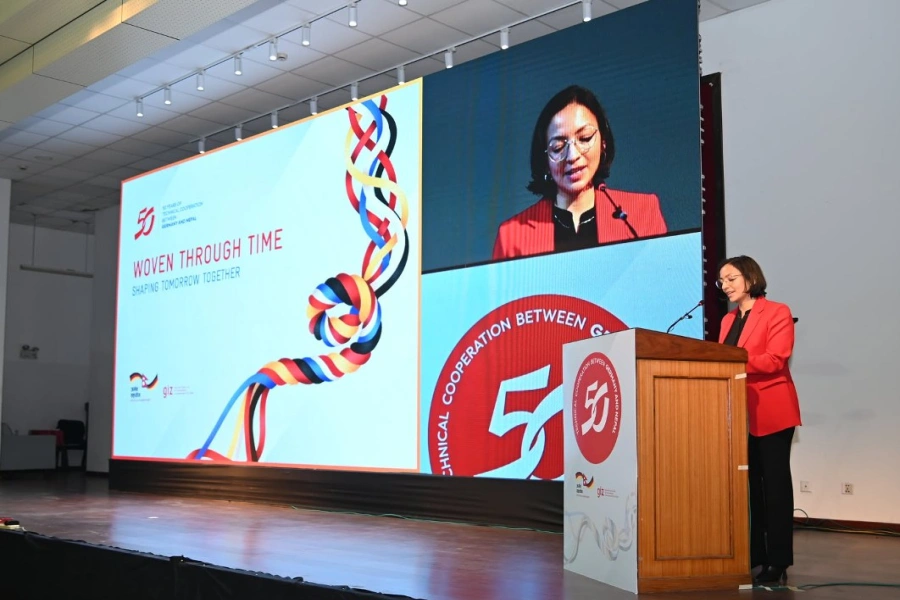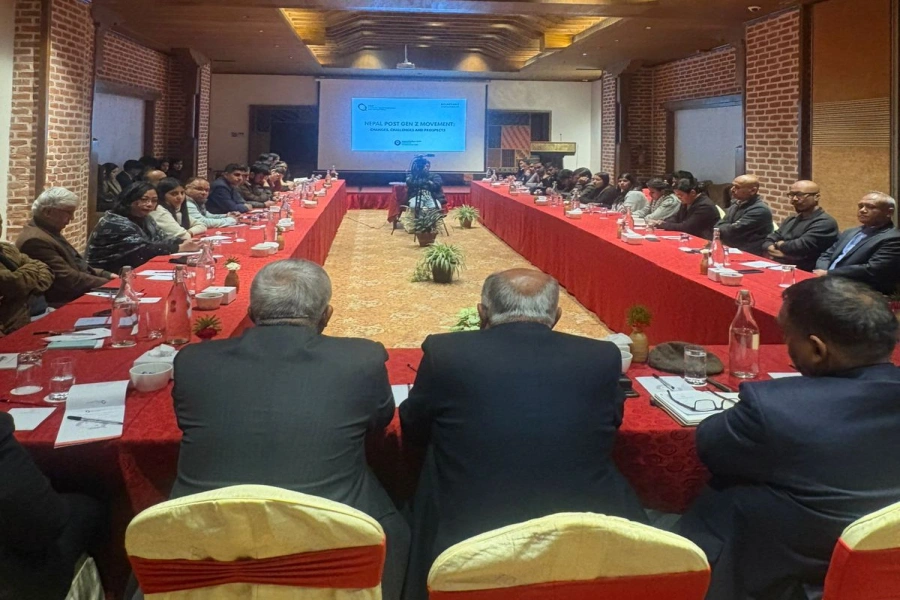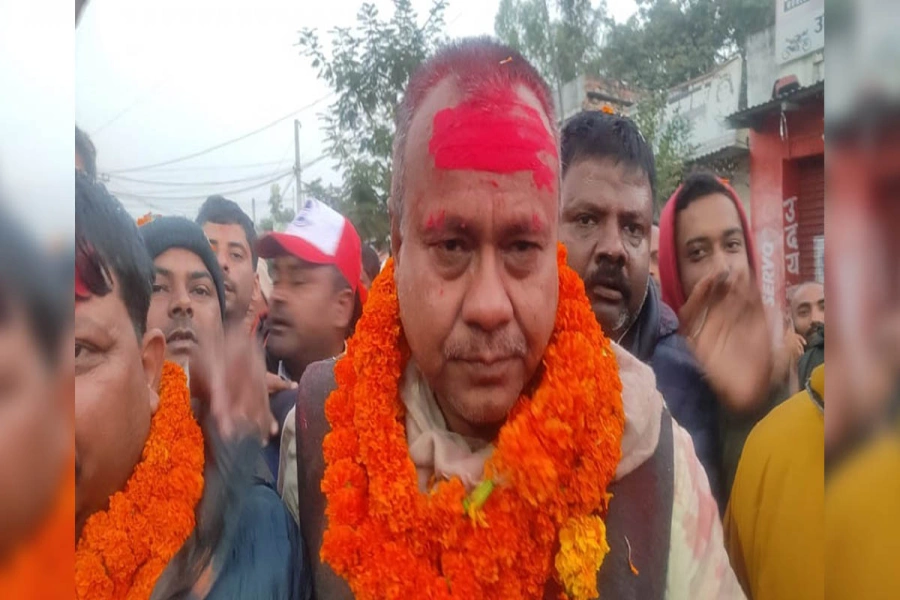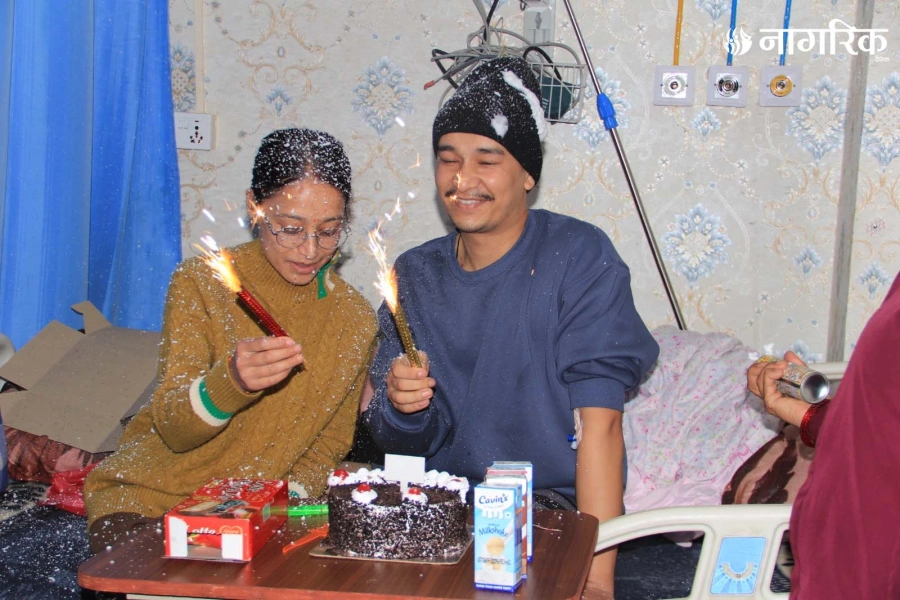In South Asia, a region that houses approximately 24% of the global population on just 3% of the world's landmass, population density has reached its peak. With around 67% of the people residing in rural areas and relying on agriculture for their livelihoods, it is concerning that undernutrition continues to be a significant challenge, impacting an estimated 267 million individuals in the region. Governments and policymakers across South Asian countries, including Nepal, must urgently address this alarming situation by implementing nutrition-sensitive agriculture solutions. According to the Global Hunger Index, South Asia faces the highest hunger level worldwide, with the highest rates of child stunting and wasting among all regions. Achieving the Sustainable Development Goals (SDGs), particularly SDG II, which aims to end hunger, is of utmost importance. Recognizing the need for food and nutrition security in the region, the SAARC Agriculture Vision 2020 has prompted the adoption of a targeted approach that establishes a connection between agriculture, nutrition, and health. The focus is on improving the nutrition and health outcomes of smallholder farmers and consumers through nutrition-sensitive agriculture.
Regional Consultation Meeting on “Promoting Nutrition Sensitive...

Recently, the South Asian Association for Regional Cooperation (SAARC) and Welthungerhilfe (WHH) organized a Regional Consultation Meeting titled "Promoting Nutrition-Sensitive Agriculture for Improving Nutrition Security and Health of Smallholders in South Asia" in Kathmandu. This event brought together key stakeholders, including government officials, representatives from SAARC member states, and personnel from WHH and its collaborative partners, to collectively address the challenges faced by smallholder farmers in the region. During the consultation meeting, insights were shared, shedding light on the specific challenges faced by each country. Bangladesh, India, and Nepal presented their country situations, highlighting issues such as poor coordination among stakeholders, limited food variety, micronutrient deficiencies, and the prevalence of non-communicable diseases (NCDs). These challenges necessitate a shift from mainstream agricultural practices, such as monoculture and mechanization, to diversified, localized, and farmer-led strategies. Furthermore, the economic significance of agriculture cannot be understated. In Nepal, for example, agriculture accounts for 24.12% of the GDP and provides employment opportunities for a significant portion of the labor market. This underscores the crucial role agriculture plays in ensuring economic stability and livelihoods. By investing in nutrition-sensitive agriculture, governments can not only improve food security but also contribute to the overall economic development. The regional consultation meeting showcased the Nutrition Smart Community project, which operates in vulnerable villages across Bangladesh, India, and Nepal. This comprehensive initiative integrates agriculture, natural resource management, institution building, nutrition education, and access to government food and nutrition programs. By adopting this integrated approach, stakeholders can achieve nutrition security and improve the health of smallholders in the region.
However, significant challenges remain. According to a recent report by UN agencies, while global hunger stopped rising in 2022 after seven consecutive years of growth, the number of people facing chronic hunger remains alarmingly high. Rising food and energy prices, conflicts, economic shocks, and natural catastrophes have further exacerbated the situation. Without intensified efforts and targeted investments, the goal of ending hunger, food insecurity, and malnutrition by 2030 will remain out of reach. Therefore, governments in South Asia must prioritize and allocate resources toward nutrition-sensitive agriculture solutions. This includes promoting diversified farming systems, enhancing coordination among stakeholders, improving food variety and cooking methods, and addressing micronutrient deficiencies and NCDs. Policymakers should also consider alternative approaches to maximize agricultural potential, such as aquatic food production in regions like the Maldives. The urgency to address undernutrition in South Asia cannot be overstated. It is the collective responsibility of governments, policymakers, and stakeholders to pursue nutrition-sensitive agriculture solutions as a pathway to improving the lives of smallholder farmers and the larger population. By prioritizing nutrition security and health, we can pave the way for a healthier and more prosperous future for South Asia.








































